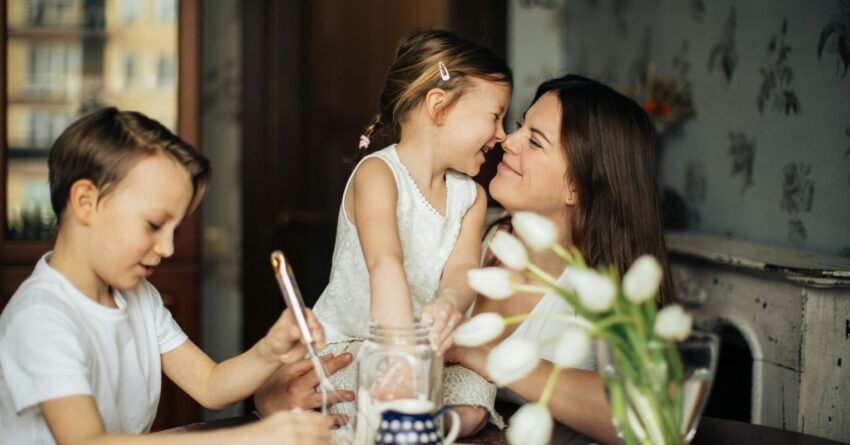Anxiety in children and adolescents is at an all-time high. Providers and parents are seeking better ways to help anxious children. While It’s challenging to get up-to-date numbers, based on diagnostic interview data collected between 2001 and 2003 from the National Comorbidity Survey Adolescent Supplement (NCS-A), some 31% of adolescents reported experiencing anxiety at one time.
Rates of suicidal ideation in children and adolescents have been rising since before the pandemic, escalating during 2020 with a 100% increase in suicidal ideation after the onset of the pandemic. Since 2005, there has been a steady trend of increasing mental health needs among children and adolescents.
Anxiety is contagious, especially amongst younger and more suggestible children and teens. The impact of parent anxiety on children is a topic of interest. Specifically, whether parent anxiety exacerbates child anxiety and whether including parents in treatment for anxious children is effective in reducing anxiety in children and adolescents.
A group of researchers reviewed published studies that included parents’ participation in treatment programs for anxious children. This literature review, published in the Journal of Anxiety Disorders, entitled The Impact of Treating Parental Anxiety on Children’s Mental Health: An Empty Systematic Review, by Laura Chapman et al., found only one study that included parents as a central component of treating children’s anxiety.
As mental health experts, it’s widely known that both environmental and genetic components impact our brain functioning, including emotional regulation and anxiety regulation. Through their literature review of the research, the authors found that although there is a genetic component of anxiety that is passed on intergenerationally, the stronger influences are the environmental factors that impact a child’s anxiety.
In a USA-based randomized controlled trial (RCT), Ginsburg and colleagues attempted to treat anxious parents using well-established cognitive behavioral therapy (CBT) treatment to target behaviors that seem to contribute to a child’s anxiety. These included behaviors like helicopter parenting and over-worrying-type behaviors. The 11-session treatment program combined CBT practices with a modeling component (Ginsburg et al., 2015).
Parents were placed into randomized control and experimental groups, where the experimental group received the 11-session treatment program. The results found that the parents exposed to and who participated in treatment had children who were experiencing six times lower anxiety at follow-up.
While Chapman and her colleague’s literature review found only one study that included parents when treating anxious children, they concluded that including parents in an anxious child’s treatment protocol is worthwhile.
Implications
Given the lack of data that assesses parents’ role in treatment protocols for anxious children, it appears that more of these types of studies need to be conducted.
While new research is being conducted, there are strategies that parents can implement right now to help highly anxious children.
With the help of parents, providers can identify if there is a family history of anxiety and, if so, which treatments have proved effective.
Providers can assess parents for anxiety and, if they have anxiety, suggest cognitive behavioral therapy and modeling, as described in the research study above. Teaching parents that they have an integral role in reducing their children’s anxiety will empower parents to manage their anxiety and subsequently help their children with their anxiety.
Relaxed parents can focus on helping to build their children’s confidence and reassure children in an attempt to decrease their fears, which contribute to their anxiety. Parents can model positive resilience in the face of stress, showing children that uncertainty can be managed effectively.
Parents can employ nonreactive parenting strategies. Nonreactive parenting, also called mindful parenting, centers on problem-solving strategies instead of emotional reactions. The use of breathing techniques and mindfulness techniques can facilitate the use of nonreactive parenting.
When using nonreactive parenting, parents model productive and effective ways to manage uncertainty and anxiety in situations that provoke worry.
Parents can help by managing expectations to be realistic and positive.
Parents can reinforce the belief that anxiety is a natural part of life and emphasize the importance of having a healthy balance of anxiety without being overpowered and consumed by fear and worry.
